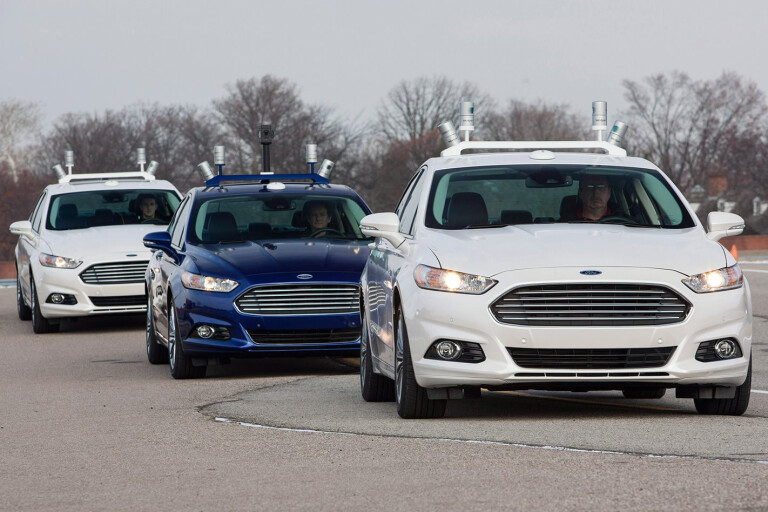
FASTER vehicle development and improved autonomous testing will be two outcomes of a $500 million investment in Ford’s Australian product development capability.
Comprising $50 million for capital works and $450 million for product research and development, the investment was announced yesterday by the company’s global chief Mark Fields at the official opening of its new Asia Pacific Product Development Centre headquarters in the Melbourne suburb of Broadmeadows.
Ford is hyping the investment as a sign of its continued support for the Australian automotive industry, just six weeks after closing its local manufacturing plants and ending production of the Falcon and Territory.
The $50 million includes the refurbishment of the Broadmeadows building which was formally the company’s Australian headquarters, an expansion of the design studio on the same ‘campus’, and upgrades at the You Yangs development facility and emissions laboratory. Spending started in mid-2016 and will be finished by 2018.
The $450 million spend in 2017 is a 50 percent boost over 2016 and signals development of generation two Ranger and Everest is cranking up, as well as the arrival of new responsibilities for Australia such as the born-again Bronco, which Wheels believes will be based on the T6 architecture for which the Melbourne PDC is the homeroom.
“This really signals our long-term investment in Australia,” Fields said yesterday. “It (Australian PDC) has important responsibilities today and I think you can tell from the amount we are growing the R&D expenditure … [that] clearly shows that we want Australia to shoulder a bigger part of our product development efforts around the world as we grow our business and as we grow our model line-up.”
Once Holden and Toyota end local production by the end of 2017, Ford claims it will be Australia’s biggest automotive employer and the only company based here capable of developing a vehicle from scratch – but not building it.
The Victorian Ford product development facilities – which also include a Geelong-based R&D centre – are part of Ford’s Asia-Pacific product development hub that also includes outposts in China and India.
One of three such hubs globally – the others are in Europe and North America - it is run by Shanghai-based Australian Ford veteran Trevor Worthington.
“Whenever a company makes the decision to increase its spending year over year by 50 percent, that is a pretty big commitment,” Worthington told Wheels.
He said that the new investment signaled the introduction of a new generation of Ford’s Global Product Development System – or GPDS.
“We are expanding particular groups to be able to do particular work faster,” he said. “To some extent what we are doing is manning up to deliver a much faster, much more comprehensive system that is going to deliver a much better outcome for customers.
“The thing about customers is they are always very, very demanding and they expect the latest thing tomorrow. So, it’s one thing to say ‘it takes five years to develop that - see you in five years’, they have moved on by then.”
Worthington highlighted investment at the You Yangs to improve autonomous testing as one example of how the Australian PDC was being boosted with.
Autonomous vehicles are a cornerstone of Ford’s global commitment to turn itself from an auto company to a “mobility” company.
“There is a path of driver-assist features that are on the way to that (full autonomy) and full Level Two is in our future,” said Worthington. “We are putting facilities in that will make it much easier for us to verify full Level Two semi-autonomous capability.
“We are not planning to be the core engineering centre, but as those features are deployed into programs that are in our cycle plan we want to make sure we can fully validate them and feed those lessons back to the global team.”
Level Two is where the automated system executes accelerating, braking, and steering. The automated system can deactivate immediately upon takeover by the driver.
There are already Level Three vehicles in Australia, such as the Tesla Model S and Mercedes-Benz E-Class, which allow the driver to turn their attention away from driving tasks when conditions are right.

COMMENTS